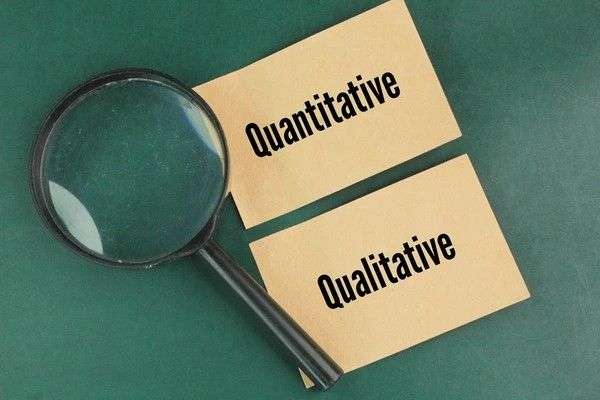Causal quantitative models are analytical tools used to establish causal relationships between variables through mathematical and statistical techniques. These models help researchers and analysts understand how changes in one variable affect another, identifying cause-and-effect relationships in complex systems. They are widely used in various fields, including economics, sociology, business, and public policy, to predict outcomes and inform decision-making.
Table of Contents
1. Key Concepts and Characteristics
- Causality: Focuses on determining the direction and strength of causal relationships between variables.
- Quantitative Analysis: Involves rigorous mathematical and statistical methods to measure and quantify relationships.
- Variables: Typically includes independent variables (causes) and dependent variables (effects) in the model.
- Predictive Power: Enables forecasting and scenario analysis based on identified causal relationships.
2. Examples of Causal Quantitative Models
Practical Applications:
- Economic Forecasting: Economists use causal models to predict how changes in interest rates (independent variable) impact inflation rates (dependent variable). By analyzing historical data and economic indicators, they estimate the magnitude and direction of these effects.
- Marketing Effectiveness: Businesses employ causal models to understand how marketing expenditures (independent variable) influence sales revenue (dependent variable). This helps optimize marketing strategies and budget allocations.
- Public Health Policy: Researchers use causal models to study the impact of vaccination programs (independent variable) on disease prevalence (dependent variable). Such models inform healthcare policies and interventions.
3. Methods Used in Causal Quantitative Models
Statistical Techniques:
- Regression Analysis: Includes linear regression, logistic regression, and other regression models to quantify relationships between variables.
- Structural Equation Modeling (SEM): Analyzes complex relationships among multiple variables to identify causal pathways.
- Time Series Analysis: Examines data over time to understand how changes in variables affect outcomes longitudinally.
- Experimental Design: Involves controlled experiments to establish causal relationships under controlled conditions.
4. Steps Involved in Using Causal Quantitative Models
Methodological Approach:
- Formulate Hypotheses: Develop hypotheses about causal relationships based on theory or prior knowledge.
- Select Variables: Identify relevant independent and dependent variables for inclusion in the model.
- Collect Data: Gather quantitative data through surveys, experiments, or secondary sources.
- Model Development: Choose appropriate statistical techniques and build the causal model based on the data.
- Validate and Interpret Results: Use statistical tests to validate the model and interpret findings to draw conclusions about causal relationships.
5. Significance and Applications
Importance in Research and Decision-Making:
- Evidence-Based Decision-Making: Provides empirical evidence of cause-and-effect relationships, guiding policy decisions and strategic planning.
- Risk Management: Helps assess risks and uncertainties by understanding how changes in variables can impact outcomes.
- Resource Allocation: Optimizes resource allocation by identifying the most effective strategies and interventions based on causal insights.
6. Conclusion
Causal quantitative models are powerful tools for understanding and predicting complex systems by identifying causal relationships between variables. By employing rigorous statistical techniques and analyzing data, researchers and analysts can uncover insights into how changes in one variable influence others. These models play a crucial role in various disciplines, from economics to public health, by providing empirical evidence and supporting informed decision-making processes. Understanding the principles and methods of causal quantitative models is essential for anyone involved in research, policy development, or strategic planning where predicting outcomes and understanding causality are paramount.





